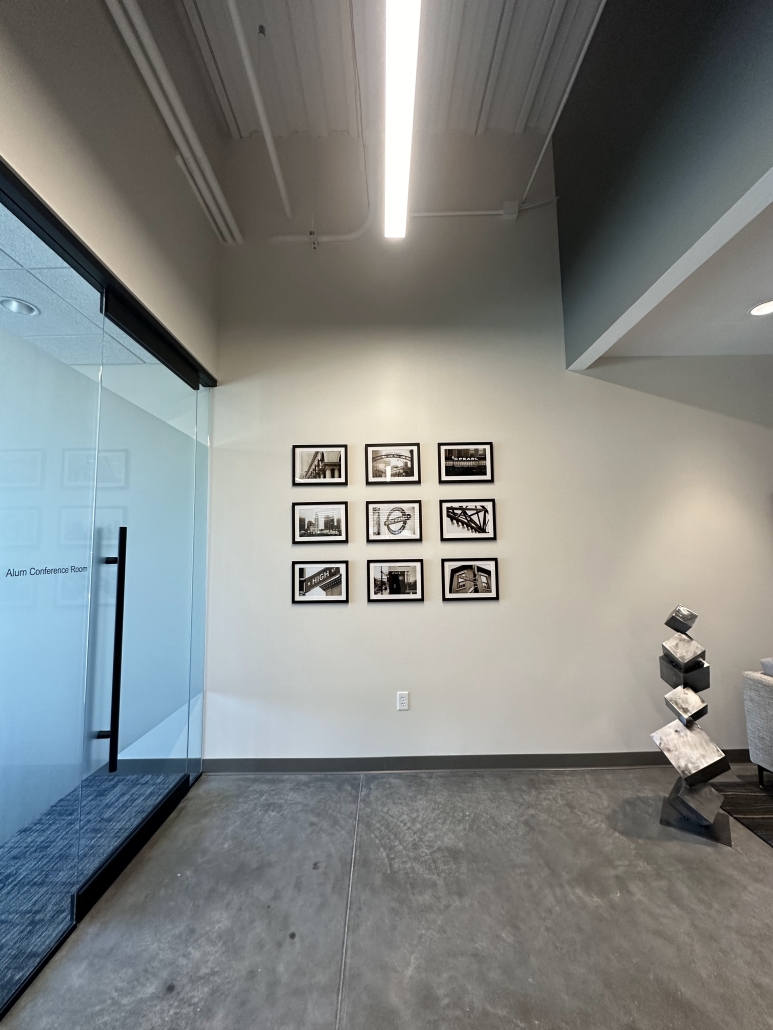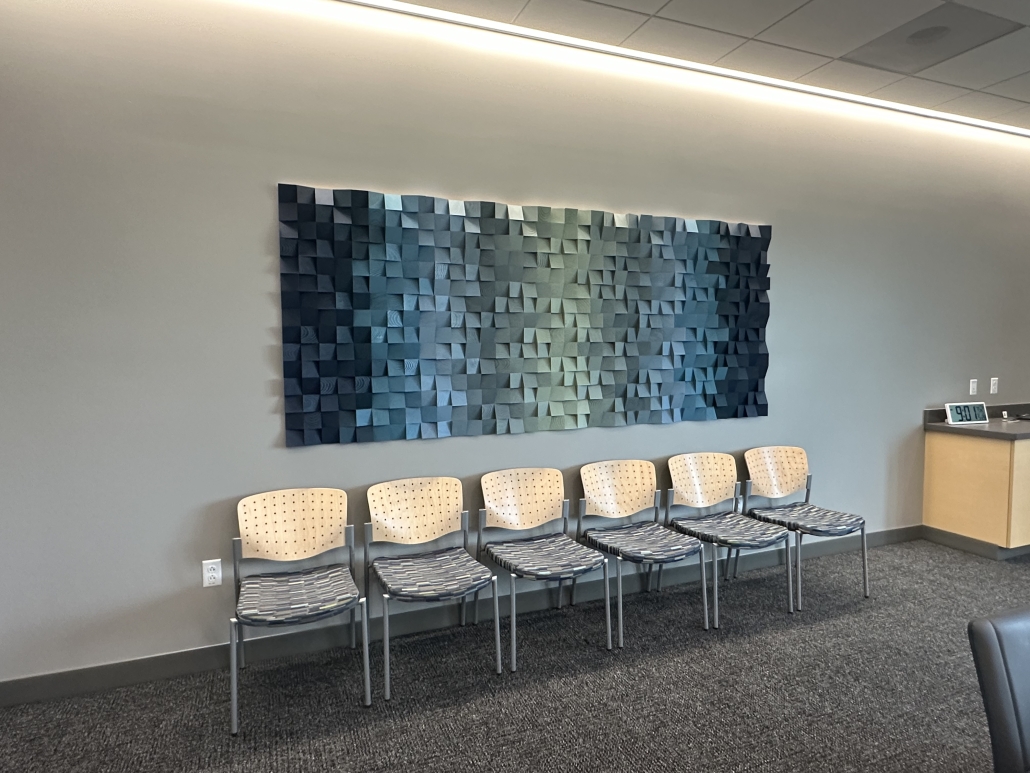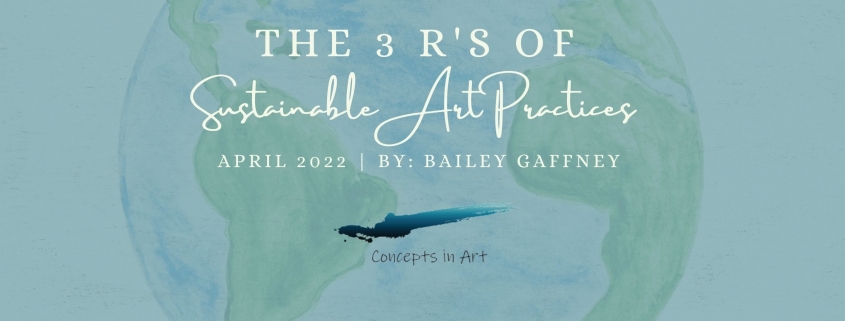Hispanic Heritage Month, celebrated from September 15 to October 15, is a time to honor the histories, cultures, and contributions of Hispanic and Latino Americans. Among the many vibrant influences, Mexican art stands out as a profound and enduring force that reflects Mexico’s complex history, indigenous roots, and contemporary evolution.
Recently, we worked with a Mexico-based sculptor, MundoConArte, for a project (photo below) that gave us a much deeper appreciation for the history and tradition of Hispanic and Latin American art.

Mexican art has long been celebrated for its bold colors, intricate designs, and deep symbolism. Rooted in ancient Mesoamerican cultures, the art of Mexico often incorporates spiritual and natural elements. Pre-Columbian art, for example, is known for its monumental stone sculptures, pottery, and murals that depicted deities, the natural world, and the cosmic order. These early forms of artistic expression continue to influence modern Mexican artists, linking the country’s past with its present.

Along with the commissioned metal sculpture, the artist included a doll as a token of gratitude for our business. After doing a little bit of research, we discovered that dolls hold a special place in Mexican art history, embodying deep cultural, social, and historical significance. Often handmade and intricately designed, dolls are an important part of Mexico’s past, present, and future.
The tradition of doll-making in Mexico traces back to pre-Columbian times, where indigenous cultures – like the Aztecs and Mayans – created small figurines from clay, stone, and other natural materials, often used in religious or ritualistic practices. With the arrival of the Spanish colonizers in the 16th century, the tradition of doll-making continued but evolved through the fusion of indigenous and European artistic practices. Dolls became more representative of the mestizo culture, a blend of indigenous and European influences, and materials like wool, cloth, and wood were introduced, leading to new forms of craftsmanship.
There are multiple types of Mexican dolls, but the style of doll we were sent is known as a Lelé. The Lelé is a national icon that represents Otomí culture and the efforts of Mexican female artisans; a fusion of pre-Hispanic and Spanish customs, the first Lelé dolls were likely made from clay, palm, and corn fibers, but today they are made from cloth and ribbons. Beyond their visual appeal, these dolls represent the resilience of indigenous cultures and their ability to preserve their identity amidst centuries of change. In contemporary Mexican art, dolls are often used as a symbol of social commentary. Artists like Mariella Fuentes and the Oaxacan collective “Manos Que Ven” (Hands That See) have used dolls to explore themes of identity, gender, and social inequality.
As Hispanic Heritage Month has come to a close, we wanted to take a moment to highlight the deep historical roots, resilience, creativity, and importance of Mexican doll-making. It serves as a visual testament to the enduring cultural impact of the Mexican people and serves as a reminder that appreciation for art often goes far beyond what we see on the surface.


















